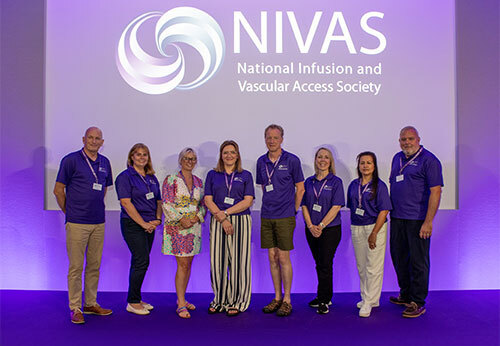Skin necrosis following extravasation injury
"Washout is effective for reducing skin loss in paediatric extravasation injuries, particularly in grades 3 and 4. Lower limb cannulation carries a significantly higher risk of skin loss. Injury grade should guide urgent washout intervention" Fernando et al (2025).









